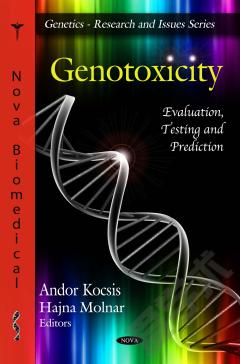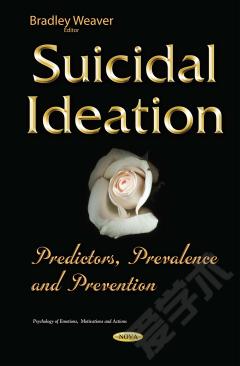Trait and State Anxiety: Assessment, Predictors and Outcomes
Anxiety can be defined as an emotional state that combines either physiological and psychological response and reflects a stage of cognitive and behavioral alert that an organism mobilizes in response to a potential distress. This pathology can be conceptualized as having two components: state and trait. Trait anxiety refers to an individual’s personality and predisposition for anxiety, whereas state anxiety refers to the emotional response generated by a perceived distress. This book provides current research on the assessment, predictors and outcomes of trait and state anxiety. Chapter One examines the “Spielberger State – Trait Anxiety Inventory” (STAI) as a tool for assessing trait and state anxiety. Chapter Two provides an overview of the development of anxiety, reviews the available literature on state and trait anxiety, including the neuroanatomical correlates, and presents a collective overview of cognition and the aging brain, with emphasis on the specific impact of anxiety on this process. Chapter Three provides a brief description of Attention Deficit with Hyperactivity Disorder (ADHD), with a focus on comorbidity between ADHD and anxiety disorders, and examines the concept of anxiety and the different classifications of the disorder in relation to the most commonly-utilized assessment methods and instruments at the present time. The final chapter, Chapter Four, studies the possible existence of gender differences in sleep organization of individuals with low and high trait anxiety levels.
{{comment.content}}








 京公网安备 11010802027623号
京公网安备 11010802027623号